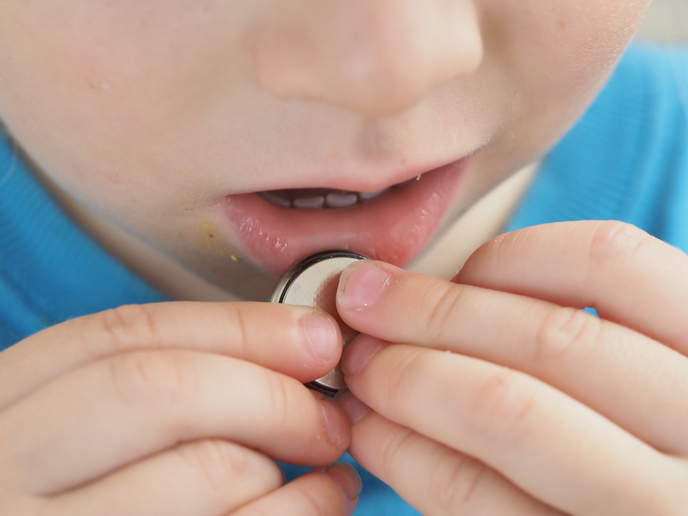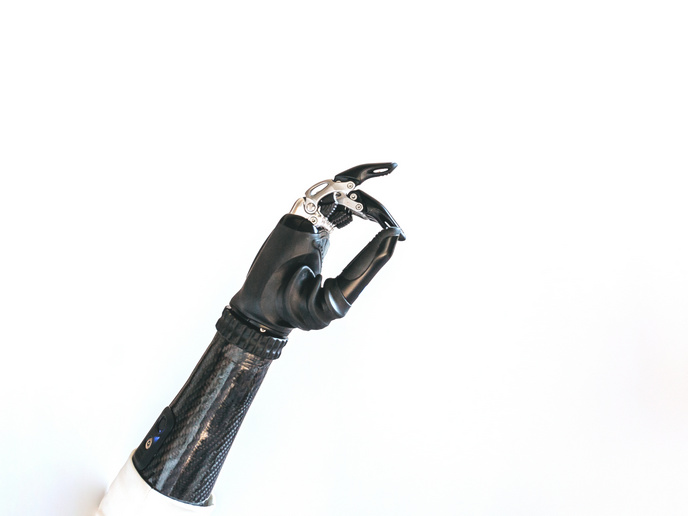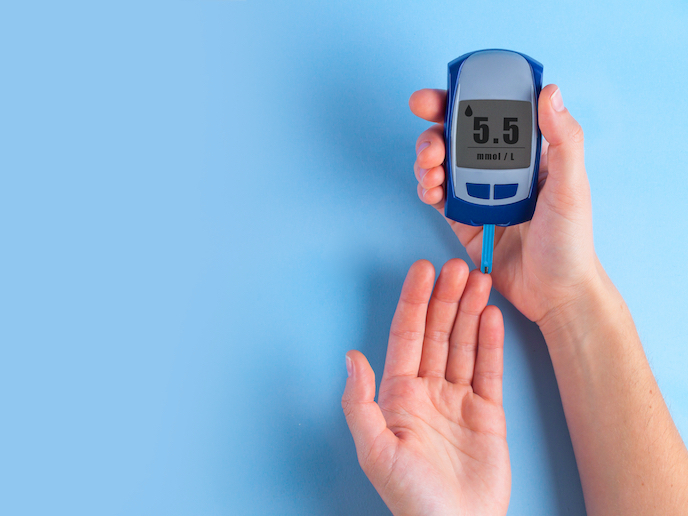‘Seeing’ the signs of glaucoma early and surely
Glaucoma is among World Health Organization’s priority eye diseases, expected to affect nearly 112 million people globally by 2040 compared to 76 million in 2020. It is the second leading cause of blindness worldwide behind cataracts. However, unlike cataracts, blindness due to glaucoma is irreversible. The EU-funded Savesight project has paved the way for commercialisation of a wearable monitoring device. Monitoring glaucoma has become almost as simple as monitoring our heart rates, blood oxygen saturation and sleep with fitness trackers.
Continuous 24-h monitoring
Glaucoma damages the optic nerve, the part of the central nervous system that transfers visual information from the eye to the brain. The damage is caused by chronically high pressure in the eye (intraocular pressure, or IOP). The progression often stops if the IOP is lowered, so monitoring IOP is critical to both early diagnosis and effective treatment. IOP naturally fluctuates in a daily rhythm that reflects things like the sleep cycle and fluctuating systemic blood pressure. It also varies from day to day and over weeks and months, making a conventional single IOP measurement during a clinic visit insufficient for an accurate diagnosis. Currently, the only way to obtain multiple measurements of IOP over a 24-h period is with overnight hospitalisation and single IOP measurements every couple hours. Özgür Kaya, Managing Director of GlakoLens and Savesight project coordinator, explains the team’s innovative technology: “The GlakoSense platform consists of three main components. A comfortable, disposable soft contact lens with an embedded passive radio-frequency sensor detects IOP-dependent corneal shape changes with no impact on patient field of view. A wearable electronics system processes and stores the data. Software on the ophthalmologist’s computer enables download of the recorded data, visualisation and patient evaluation.” With GlakoSense, three short office visits suffice to enable continuous 24-h recordings from each eye: on days 1 and 2, the system is fitted and removed, respectively, from the first eye; and on days 2 and 3, the same is done for the second eye. The main benefit is the continuous 24-h record of IOP fluctuation pattern data rather than a handful of data points; however, being able to go to work or take care of family members during that 24-h period is not insignificant. The exam can be repeated once a month, as necessary.
A vision for the future
“The Savesight project enabled us to improve our sensor and contact lens designs and demonstrate the financial feasibility of our business idea. We refined our business plan and commercialisation strategy. We plan to launch in Europe followed by global expansion. The reimbursement landscape will be a critical factor in our strategy,” says Kaya. GlakoLens also has plans for a cloud-connected version of the GlakoSense platform to enable remote IOP fluctuation monitoring. Kaya and his team are now setting their sights on other possibilities for continuous health monitoring of biomarkers using their electrically passive, biocompatible on-body sensor technology. We may soon have a new window onto our internal workings available in the blink of an eye.
Keywords
Savesight, IOP, eye, glaucoma, contact lens, blindness, GlakoLens, optic nerve, intraocular pressure, biomarker, biocompatible







